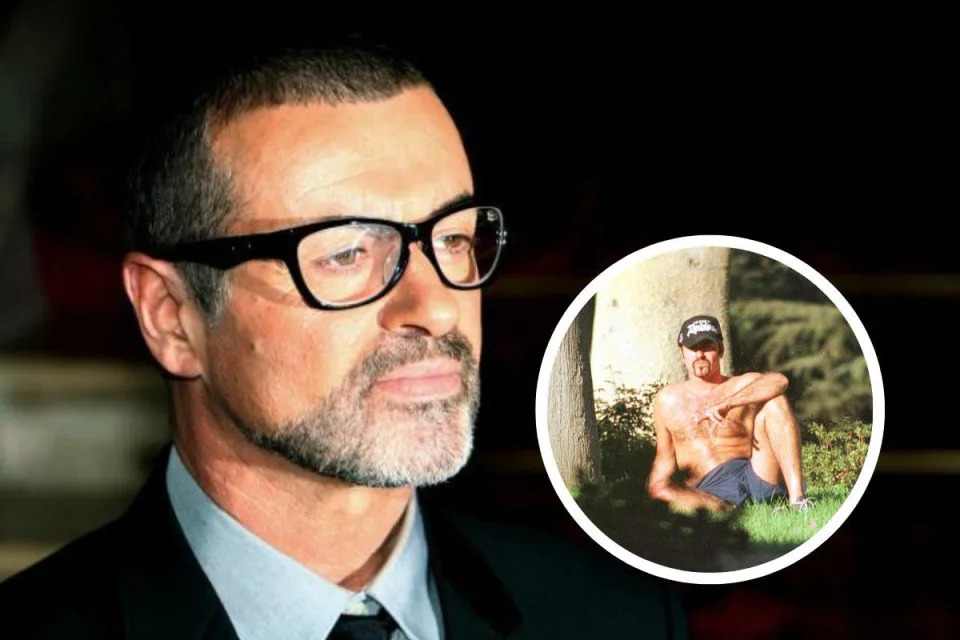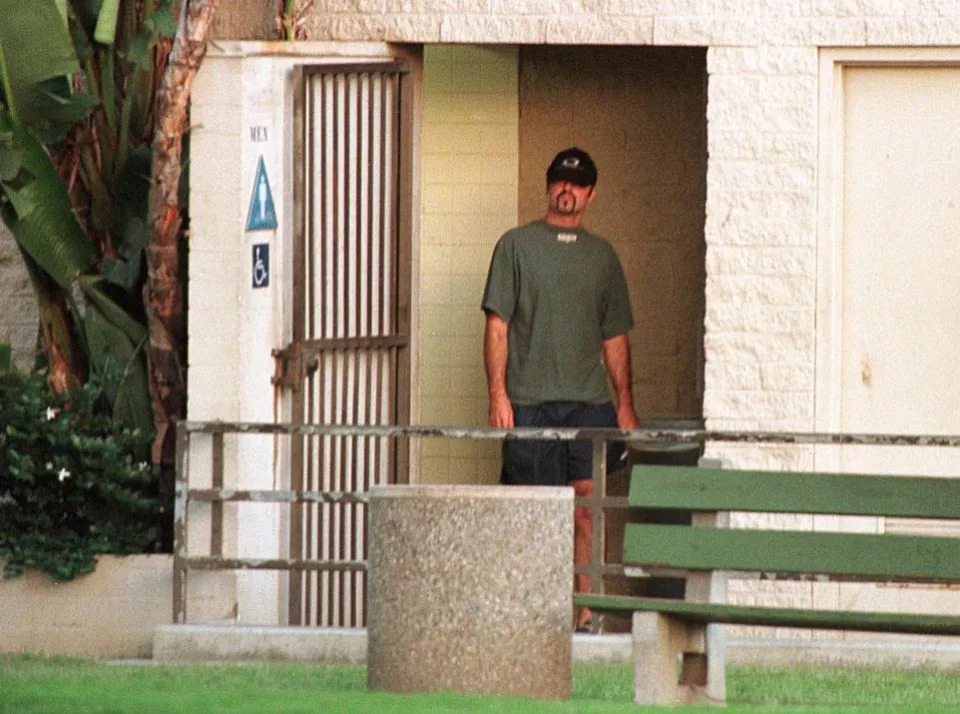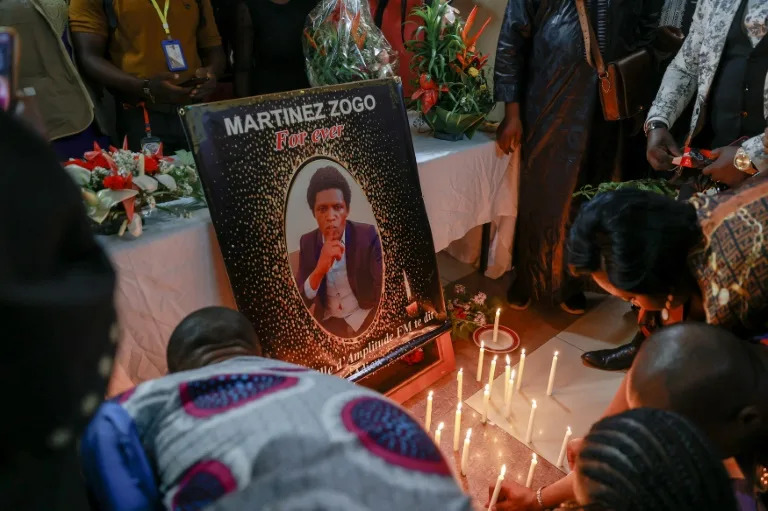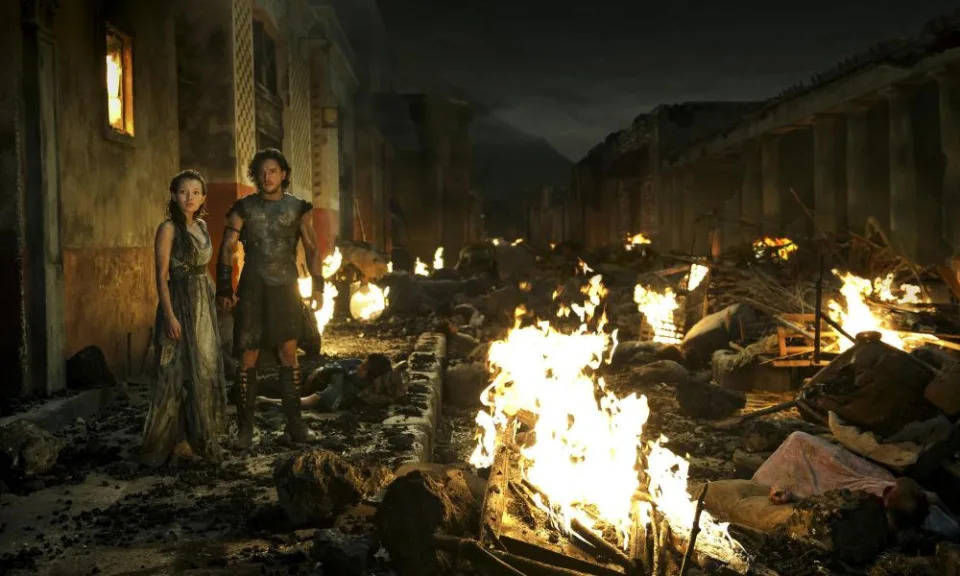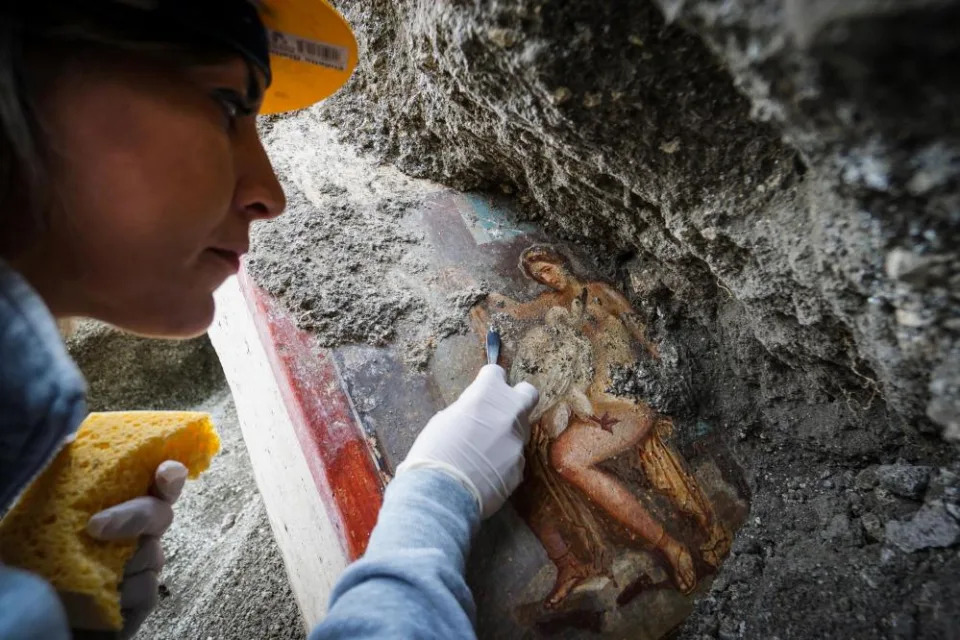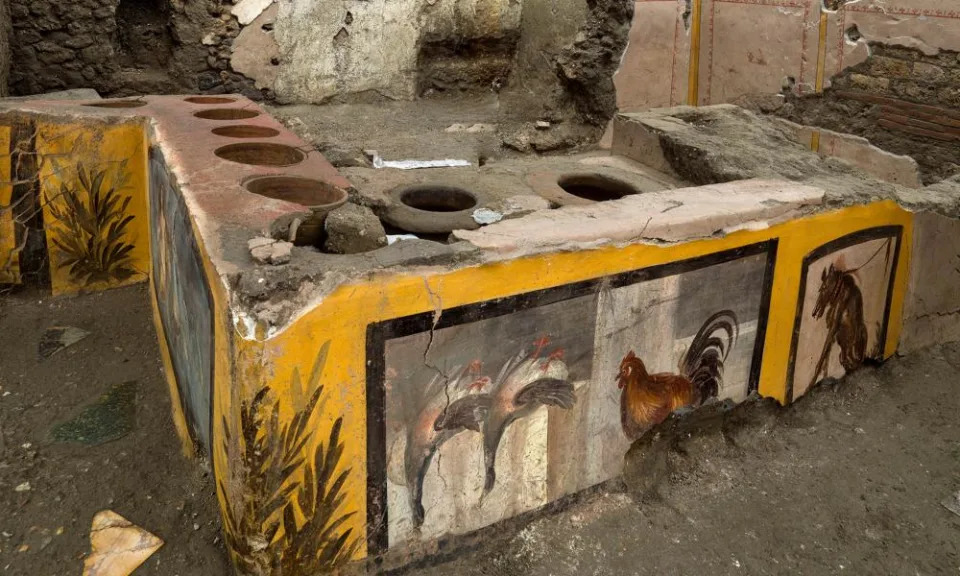Fernando Braga went viral recently for his stunning photo of lighting striking Rio de Janeiro's iconic statue.
Not everyone can look outside their window and have a direct view of a wonder of the world. But that’s the reality for Rio de Janeiro resident Fernando Braga.
The Brazilian lives with his wife and kids and a direct view of the nearly 100-foot Christ the Redeemer structure, which portrays Jesus Christ with his arms open wide.
But Braga’s view isn’t the reason he went viral a month ago. It was his determination as a photographer, capturing a stunning time-lapse video and screenshots of lightning striking the sculpture, after more than 30 attempts.
“It was unbelievable at first. Like a dream come true, since I was trying for a long time. At that moment, I was expecting to get some lightning around the frame, but not like this one,” Braga told Yahoo News.
The Christ the Redeemer monument sits atop Mount Corcovado in Rio in the Tijuca Forest National Park, a rainforest within the city’s boundaries.
The breathtaking sight was caught during a flash storm that rocked the Brazilian coast on Feb. 10. The bolt of lightning struck the statue's head, making it the perfect moment to catch fire on social media.
Notably, the Christ the Redeemer monument, the biggest representation of Jesus in the world, is more than 2,000 feet above Rio.
“Photography for me is just a hobby. I love to spend my spare time photographing," Braga said. "At home, I have a really nice view of Christ the Redeemer, so I took a lot of photos of it. In sunsets, sunrise[s], with the moon, the sun, airplanes, helicopters, birds, etc. ... So I decided to get one with lightning too.”
Social media reaction
Braga’s photo lit up social media. He made several posts on Instagram and Twitter but the most popular one garnered more than 171,700 “likes” and over 3,200 comments on Instagram.
“I wasn't expecting that much reaction, since technically, this is not a difficult kind of photo,” he said.
His post includes three photos, one a close-up with lightning striking the head of the statue, illuminating it like a halo.
“I am completely in awe of this.. 🙌,” wrote @sweetygrace2.
@Barbaramarchon said “FOTOS PERFEITAS! To arrepiada!❤️,” which translates to “PERFECT PICTURES! I got goosebumps.”
“Fantastic shot 🙌❤️❤️❤️ Hello from the USA,” said @wanderingnotlost88.
User @hen_ry5463 added: “God has sent the world a message!!”
Fun facts about Christ the Redeemer
According to Britannica, the Roman Catholic archdiocese of Rio de Janeiro commissioned the statue and proposed that it be built atop Mount Corcovado so that citizens could see it from anywhere in Rio. The idea was first suggested in the 1850s, but it wasn’t until 1921 that the church introduced the proposal.
Construction started in 1922, and a ceremony to lay the foundation stone of the base was held on April 4 of that year.
“Polish-French sculptor Paul Landowski created the statue. Brazilian engineer Heitor da Silva Costa built the statue in collaboration with the French engineer Albert Caquot. Romanian artist Gheorghe Leonida created the statue’s face,” according to enjoytravel.com.
The website continues: “The original sketch was of Christ carrying a large cross in one hand and a globe in the other. The statue earned the nickname ‘Christ with a ball.’ In the end, after surveying the land, a design was decided upon of Christ with his arms wide open in an Art Deco style.”
Construction was completed a little less than 10 years later, and it was dedicated on Oct. 12, 1931. Weighing 635 metric tons, it is the largest Art Deco statue in the world.
In 2007, people from all over the world voted Christ the Redeemer onto the list of the New Seven Wonders of the World, through a campaign launched by the Swiss-based New7Wonders Foundation. With hundreds of millions of votes, it made the cut, from 21 finalists.
“A symbol of Christianity across the world, the statue has also become a cultural icon of both Rio de Janeiro and Brazil,” the foundation said.
The monument, made of reinforced concrete and soapstone, is accessible by train or car. It now has elevators and escalators to reach its feet, but previously, the only option for visitors was to climb the 220-step staircase.
Lightning strikes are not uncommon
Lightning quite frequently hits Christ the Redeemer, reinforcing Braga’s point that it was not a difficult shot. Lightning rods have been installed to divert strikes that could damage the statue. In fact, lightning struck right before the 2014 World Cup in Brazil, damaging the statue’s head and a fingertip. Officials rushed to repair it before the first game kicked off in Rio.
“I just want to say that people who try to take lightning photos [should put their] own safety first. I was shooting at home. ... Protection and safety should always be [a priority]. Once you get that, give it a try! It's really not difficult to take some great shots,” Braga said.



